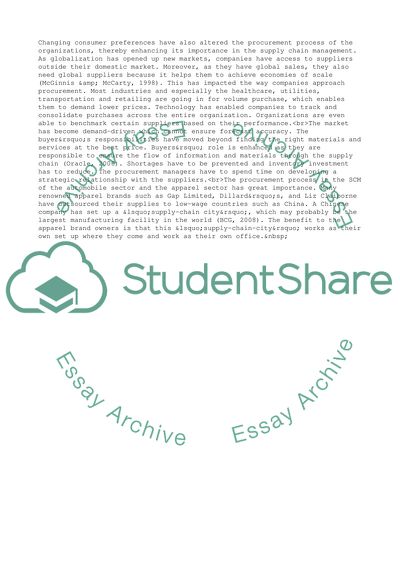Cite this document
(“The Importance of Procurement in Supply Chain Management Assignment”, n.d.)
The Importance of Procurement in Supply Chain Management Assignment. Retrieved from https://studentshare.org/management/1729993-the-importance-of-procurement-in-supply-chain-management
The Importance of Procurement in Supply Chain Management Assignment. Retrieved from https://studentshare.org/management/1729993-the-importance-of-procurement-in-supply-chain-management
(The Importance of Procurement in Supply Chain Management Assignment)
The Importance of Procurement in Supply Chain Management Assignment. https://studentshare.org/management/1729993-the-importance-of-procurement-in-supply-chain-management.
The Importance of Procurement in Supply Chain Management Assignment. https://studentshare.org/management/1729993-the-importance-of-procurement-in-supply-chain-management.
“The Importance of Procurement in Supply Chain Management Assignment”, n.d. https://studentshare.org/management/1729993-the-importance-of-procurement-in-supply-chain-management.


